To round off the year, our final cover feature for 2023 is a biomedical science quiz. Following are 10 rounds of questions set by the IBMS Specialist Advisory Panels, which are comprised of experts in their specialist areas who advise the IBMS on science and policy.
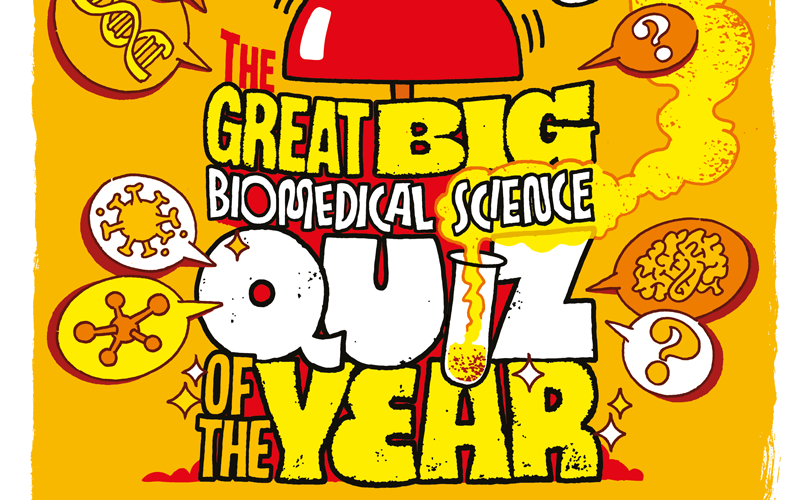
Round 1 : Transfusion Science
1. The McLeod syndrome is associated with a variant in which blood group?
2. Which microorganisms are screened for in all blood donations in Scotland?
3. What is the regulatory required temperature storage range for red cells intended for transfusion?
4. What quantitation level of anti c in a pregnancy would indicate the risk of severe HDFN and require immediate referral to a specialist unit?
5. Which blood group system is allocated to ISBT number 033?
6. How does irradiation of blood components to prevent transfusion-associated GVHD work?
7. When were the BSH guidelines on the Investigation and Management of Acute Transfusion Reactions produced?
8.In the Blood Stocks Management Scheme, what does VANESA stand for?
Round 2 : Clinical chemistry
1. Low TSH, high FT3 and high FT4 is suggestive of which condition?
2. A sample contaminated with EDTA will affect which routine biochemistry analytes?
3. Why do we use eGFR over a stand-alone creatinine measurement to assess renal function?
4. Which disorder of haem synthesis can cause skin to become sensitive to sunlight?
5. The hexokinase method can be used to measure what?
6. Gilbert’s syndrome is a condition associated with high levels of what in the blood?
7. What is the name of the inherited disorder that causes copper to accumulate in the body, particularly in the liver, brain and eyes?
8. The pH of a buffer system is calculated by which equation?
Round 3 : Cytopathology
1. Name the intracytoplasmic eosinophilic inclusions seen in degenerate urothelial cells.
2. Who used vaginal smears to study the hormonal cycle of guinea pigs?
3. A strawberry cervix is a finding upon physical examination where the cervix has an erythematous, punctate, and papilliform appearance. The strawberry cervix appearance is considered to be selectively associated with which sexually transmitted infection?
4. Which of the 14 thoracic lymph node stations cannot be sampled by EBUS?
5. True or false - The International System for Reporting Serous Fluid Cytopathology states the risk of malignancy for the “negative for malignancy” category is 66%?
6. True or false – in the MILAN classification, salivary gland neoplasm of undetermined malignant potential (SUMP) is placed in the atypia of undetermined significance (AUS) category?
7. Oncocytic changes are related to an excessive number of what?
8. Hyperkeratosis would be most commonly associated with which underlying epithelium?
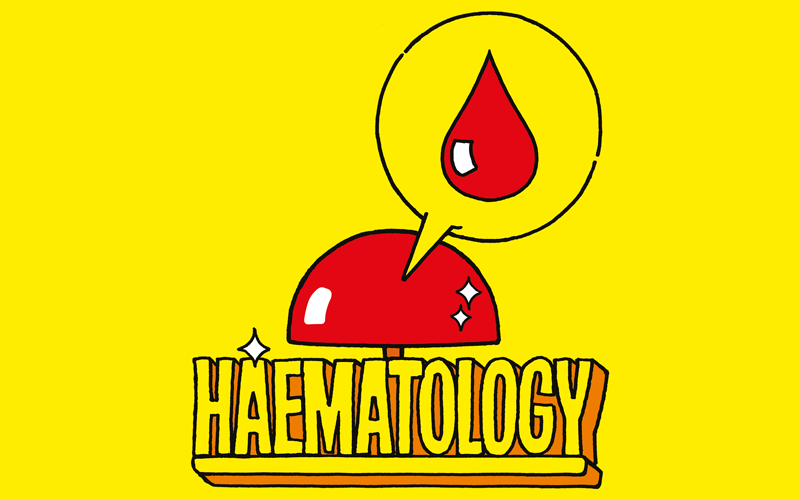
Round 4 : Haematology
1. What name can be ascribed to the blue-green materials found within neutrophils of critically ill patients that are associated with a high mortality rate?
2. In relation to myelodysplastic neoplasms (myelodysplastic syndrome, MDS), the mutation of which gene has diagnostic relevance and reduces the required percentage of ring sideroblasts from ≥15% to ≥5%?
3. Which CD38-specific therapy used for the treatment of myeloma can adversely affect the accuracy of standard pre-transfusion testing approaches?
4. Which classification system was introduced in 2022 for the classification of haematological malignancy?
5. Why were blood transfusions banned for 300 years in the UK?
6. Who discovered the ABO blood group system?
7. Name three conditions that a target cell is found in.
8. What is a common anticoagulant that is the most likely cause of a raised APTT?

Round 5 : Virology
1. Orf is caused by which type of virus?Picornavirus
- Rhabdovirus
- Poxvirus
- Calicivirus
- Retrovirus
2. Which of the following is not an RNA virus?
- Retrovirus
- Enterovirus
- Rhabdovirus
- Adenovirus
- Rubella virus
3. Genetic variation in viruses contributes to their ability to evade the immune response. Select the principal means by which antigenic shift occurs in influenza A virus.
- Low fidelity of DNA-dependent DNA polymerase
- Low fidelity of RNA-dependent RNA polymerase
- Low fidelity of reverse transcriptase
- Reassortment of fragments of the RNA genome
- Recombination between RNA genomes
4. Many antiviral drugs act by inhibition of a viral DNA polymerase enzyme. Select the virus for which this class of drugs would be effective.
- Cytomegalovirus
- Influenza
- Measles
- Mumps
- Rabies
5. Name one common method used in virology service delivery to detect the presence of viral genetic material.
6. How do serological tests differ from molecular tests in virology service delivery?
7. In virology service delivery, what does the term “viral load” refer to?
8. What safety measures should be in place for the packaging and transport of infectious viral specimens in virology service delivery?
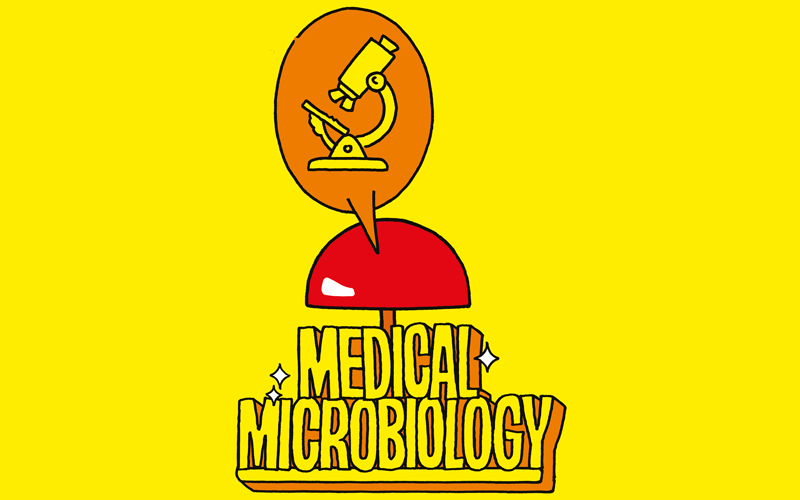
Round 6 : Medical microbiology
1. Which of the following dermatophytes have an animal host?
- Microsporum canis
- Microsporum persicolor
- Trichophyton erinacei
- Trichophyton verrucosum
- Trychophyton tonsurans
2.Which of the following have been implicated in mucormycosis?
- Exophiala dermatitidis
- Rhizomucor pusillus
- Saksenaea vasiformis
- Lichtheimia corymbifera
- Fusarium moniliforme
3. For which of the following infections is the detection of beta-1,3-glucan recommended?
- Mucoraceous mould infections
- Invasive Aspergillus infection
- Invasive Candida infection
- Pneumocystis infections
- Cryptococcosis
4. Which of the following investigations are useful in the diagnosis of invasive fungal infections in the immunocompromised host?
- Mannan detection
- Computer tomography
- Fungal precipitin detection
- Galactomannan detection
- X-ray
5. Which of the following fungi are annellidic?
- Scedosporium apiospermum
- Neoscytalidium dimidiatum
- Scedosporium prolificans
- Scopulariopsis brevicaulis
- All of the above
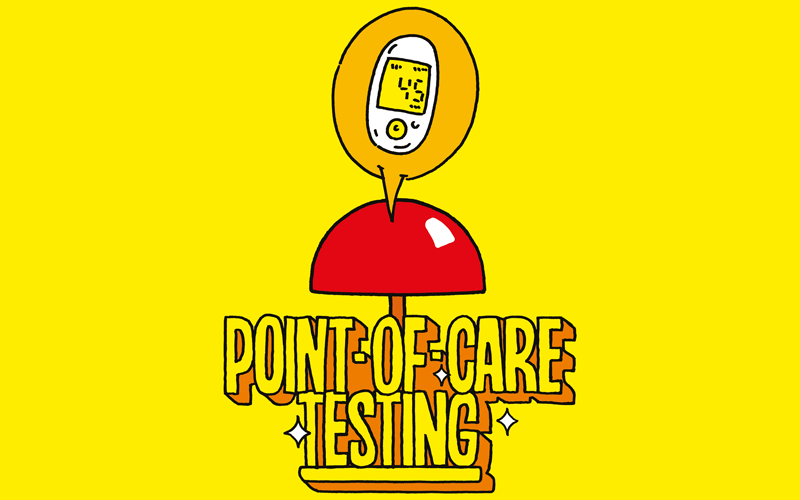
Round 7 : Point-of-care testing
1. Capillary glucose is frequently measured by POCT in type 1 diabetics. Which other biochemical analyte is also frequently measured by POCT in this group of patients?
2. What is the main difference between direct ion-selective electrodes (ISE) and indirect ISE? Which type of ISE is used in blood gas analysers?
3. In thromboelastograph (TEG), which part of the POCT device is rotating whilst the other part is stationary during the testing?
4. Which analytical methodology is used by the Hemocue device for POCT measurement of haemoglobin?
5. Why do some urine dipsticks test for ascorbic acid?
6. Which marker is frequently measured at the point of care for patients on warfarin treatment?
7. Some POCT for respiratory viruses (e.g. COVID-19) use a NAAT method. What is NAAT an abbreviation of?
8. What does the international standard ISO/TS 22583 provide guidance for?
Round 8 : Quality
1.What does “ISO” stand for?
2. What is the normative standard on which ISO 15189:2022 is based?
3. What is the date that accreditations to ISO 15189:2012 cease to be valid?
4. ISO 22367:2020 defines which requirement for medical laboratories?
5. What does PDCA stand for?
6. ISO 15189:2022 (section 4.1) introduces a new requirement for medical laboratories. What is this requirement?
7. The ability to repeatedly get the same results is?
8. There are two types of measurement uncertainty, type A and type B. Which of these considers non-numeric data?
Round 9 : Genomics and molecular pathology
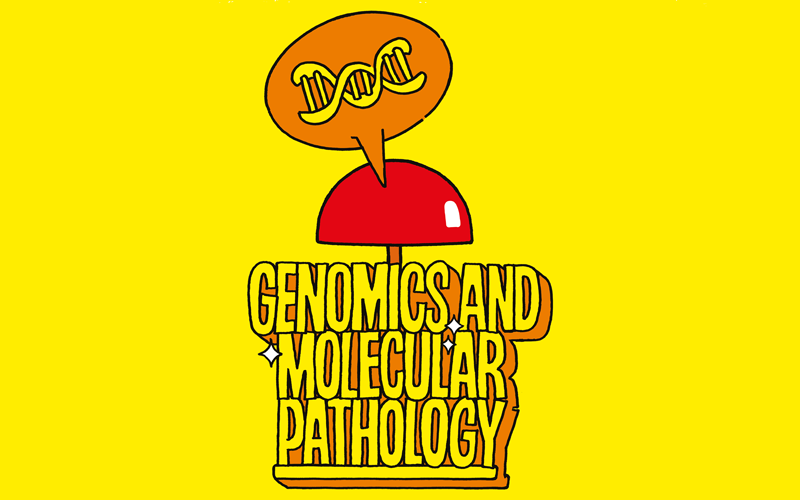

1. To the nearest 1000, how many genes are there in the human genome?
2. Who developed the dideoxy- method for sequencing DNA?
3. Why was the discovery of Thermus aquaticus so important?
4. How does FISH hybridisation work?
5. Which oncogene is most commonly identified in human tumours?
6. What is the hallmark translocation of chronic myeloid leukaemia?
7. According to the International Standard of Cytogenetic Nomenclature, what do we mean by 15p12.2?
8. How has next-generation sequencing revolutionised healthcare?
Round 10 : Cellular pathology


1. It is estimated that a single type of which cell in the human body can secrete hundreds to thousands of antibody molecules per second, as part of the body’s immune response?
2. A primary transitional cell carcinoma originates from what cell in which organ?
3. What type of lymphoid structures, found primarily in the ileum, modulate intestinal immune and inflammatory responses?
4. Is the term anisokaryosis used to describe the destruction of cells or tissues by their own enzymes, or a larger than normal variation in the size of the nuclei of cells?
5. German anatomist and histologist Joseph Hugo Vincenz Disse first described the Space of Disse in 1880. Is the Space of Disse found in the kidney, liver, or pancreas?
6. Which type of mucin is found in the surface epithelia of the stomach and stains positive with PAS?
7. Which type of mucin is found in adenocarcinomas?
8. How do pathologists classify tumours in histopathlogy?
Click here to download a PDF of the quiz, including all the answers.
Image credit | Andy-Smith
